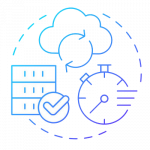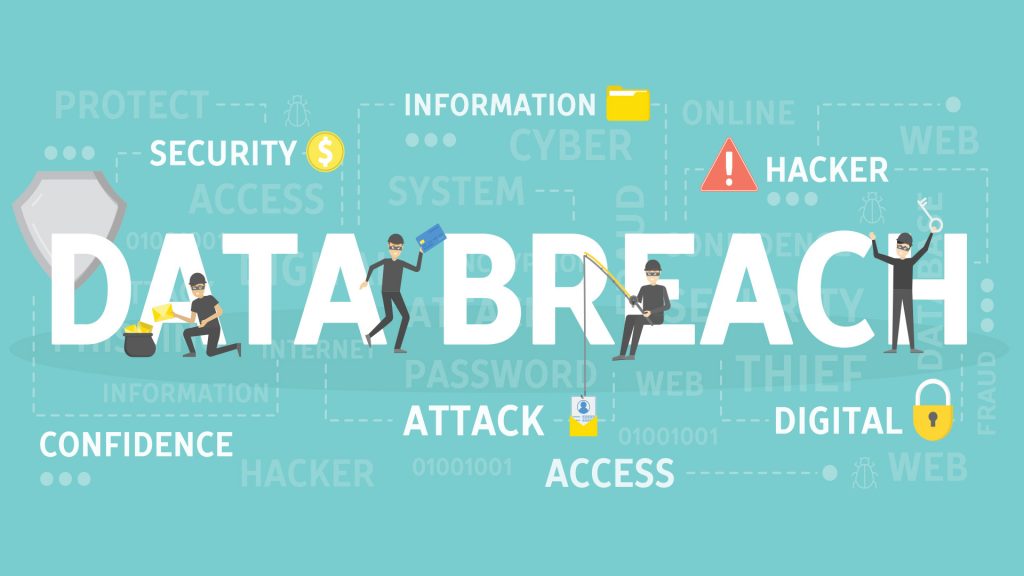Google has agreed to pay a substantial $350 million settlement to resolve a class action lawsuit related to a data breach on its discontinued social media platform, Google+. The lawsuit stems from a breach that occurred between 2015 and 2018, which exposed the personal data of an estimated 500,000 Google+ users, including names, birthdays, emails, occupations, and addresses.
The breach was not disclosed promptly, resulting in plummeting share prices that wiped billions of dollars off Google’s market value. Google denied any wrongdoing, adding that no evidence was found of personal data misuse. The settlement will be used to resolve the Rhode Island government’s personal data leak on its former social network Google+.
This breach underscores the importance of implementing stringent security measures to prevent such incidents from occurring in the first place. Because, as we’ve seen with the Google+ breach, the reputational and financial implications can be devastating. Imagine your company falls victim to a breach and your customers’ information is leaked; would you survive the financial implications of rectifying the breach and, possibly, paying damages?
Importance of Transparency and Timely Disclosure
Transparency and timely disclosure of a data breach are essential for a number of reasons. First, it helps you maintain customer trust, which is often severely damaged after a breach. By being transparent, you can demonstrate that you are taking the breach seriously and are committed to protecting your customers’ data going forward. This can help mitigate the reputational damage that often follows a breach.
Second, transparency and timely disclosure are often required by law. Many countries have strict regulations that mandate organizations to report data breaches to the appropriate authorities and affected individuals as soon as possible. Failure to do so can result in heavy fines and legal complications.
Third, timely disclosure allows affected customers to take appropriate action to protect themselves. For example, your customers can let their staff/users know to change their passwords or take other steps to mitigate the risk of identity theft or other forms of harm.
Fourth, honest disclosure can help prevent future breaches. By sharing information about the breach and the tactics used by the attackers, other organizations can learn from the incident and take steps to protect their own systems.
Finally, it makes financial sense. Studies have shown that companies that contain a breach in less than 30 days save more than $1 million compared to those that take longer. Additionally, the cost of notifying customers about a data breach averages about $740,000 in the United States.
Lessons for Businesses on Data Security
One of the best strategies we can recommend is proactively managing potential risks that can expose you to a data breach. And the best way to do that is by implementing effective security measures. Let’s look at what this entails:
Implementing Effective Security Measures
First, you need to understand what types of data are most frequently stolen and the root causes of breaches. Knowing this will help you greatly to implement effective security measures to combat data breaches. The measures should ideally include:
- Encryption: This makes your data unreadable and unusable, even if a hacker gains access. It can also limit exposure to breach notification laws.
- Network Segmentation: This essentially means dividing a network into smaller segments which reduce the overall attack surface. For example, in a segmented network, desktops and servers only have the connectivity required for legitimate business usage.
- Multi-factor Authentication: MFA requires users to present multiple forms of verification, such as getting an OTP on their phones or unique codes to their email in addition to their usual username/password log-in. This enhances security and makes it much harder for cybercriminals to gain control over sensitive information.
- Access Controls: These controls determine who can access data by setting permissions. For example, when integrating customer data from multiple sources, access controls can limit access to authorized personnel only.
- Cloud Solutions: Incorporating cloud security solutions like disaster recovery-as-a-service (DRaaS) into your organization’s data protection strategy, can enhance your overall cybersecurity posture.
Adding DRaaS to your data security arsenal can significantly reduce the risk of breaches and protect your organization or system from potential threats. DRaaS is a powerful tool for mitigating data breaches and improving your organization’s resilience.
DRaaS is a comprehensive solution that protects your data and ensures rapid recovery, minimal downtime, and continuous improvement in the face of cyber threats, ultimately mitigating the impact of data breaches.
Stephen Pyott
Chief Revenue Officer of Stage2Data
DRaaS is a comprehensive solution that protects your data and ensures rapid recovery, minimal downtime, and continuous improvement in the face of cyber threats, ultimately mitigating the impact of data breaches.
Stephen Pyott
Chief Revenue Officer of Stage2Data
How Can DRaaS Mitigate Data Breaches?
DRaaS provides a range of essential tools and strategies to help you protect your data. First and foremost, it allows for secure backup of critical data and applications, ensuring they are stored off-site. This setup enables quick restoration in the event of a breach, minimizing data loss and financial consequences.
In addition, DRaaS enables rapid restoration beyond just data recovery. It focuses on maintaining seamless business operations. By quickly bringing back essential systems and applications online, DRaaS reduces downtime, which is crucial in the face of cyber attacks. Ensuring uninterrupted access to vital services is essential for business continuity.

DRaaS solutions also offer adaptability and scalability. Businesses can customize their disaster recovery plans to fit their unique needs, protecting the most critical systems, applications, and data. Furthermore, as threats evolve, DRaaS adapts, providing flexible protection against emerging challenges.
That said, it remains important to regularly test and refine your DRaaS solution.
By continuously evaluating and enhancing disaster recovery strategies, your organization can stay ahead of cyber threats. This proactive approach is essential for maintaining resilience.
Additionally, reputable DRaaS providers offer expert support and guidance. With specialized knowledge in data security and disaster recovery planning, they effectively manage any issues that arise, enhancing the overall security of the recovery process.
In summary, DRaaS provides a comprehensive solution. It goes beyond data protection, enabling rapid recovery, minimizing downtime, and continuously improving resilience in the face of cyber threats. By integrating these elements, DRaaS becomes an indispensable tool in mitigating the impact of data breaches.
Lessons Learned From the Breach
The Google+ data breach is a cautionary tale for businesses to prioritize data security and implement effective risk management strategies. The settlement is a stark reminder of the potential financial consequences that companies—big and small—may face for inadequate data security practices.
Companies should prioritize user privacy, implement proactive security measures, and adhere to regulatory standards to ensure they’re protected against breaches and so protect their customers. The case also sheds light on the broader trend of legal action and regulatory scrutiny that companies face regarding data privacy concerns, reshaping the arena of data privacy regulations and corporate governance in the digital ecosystem.
Are you confident that your data security solution will protect you from data breaches? See where your DR plan is probably falling short:





